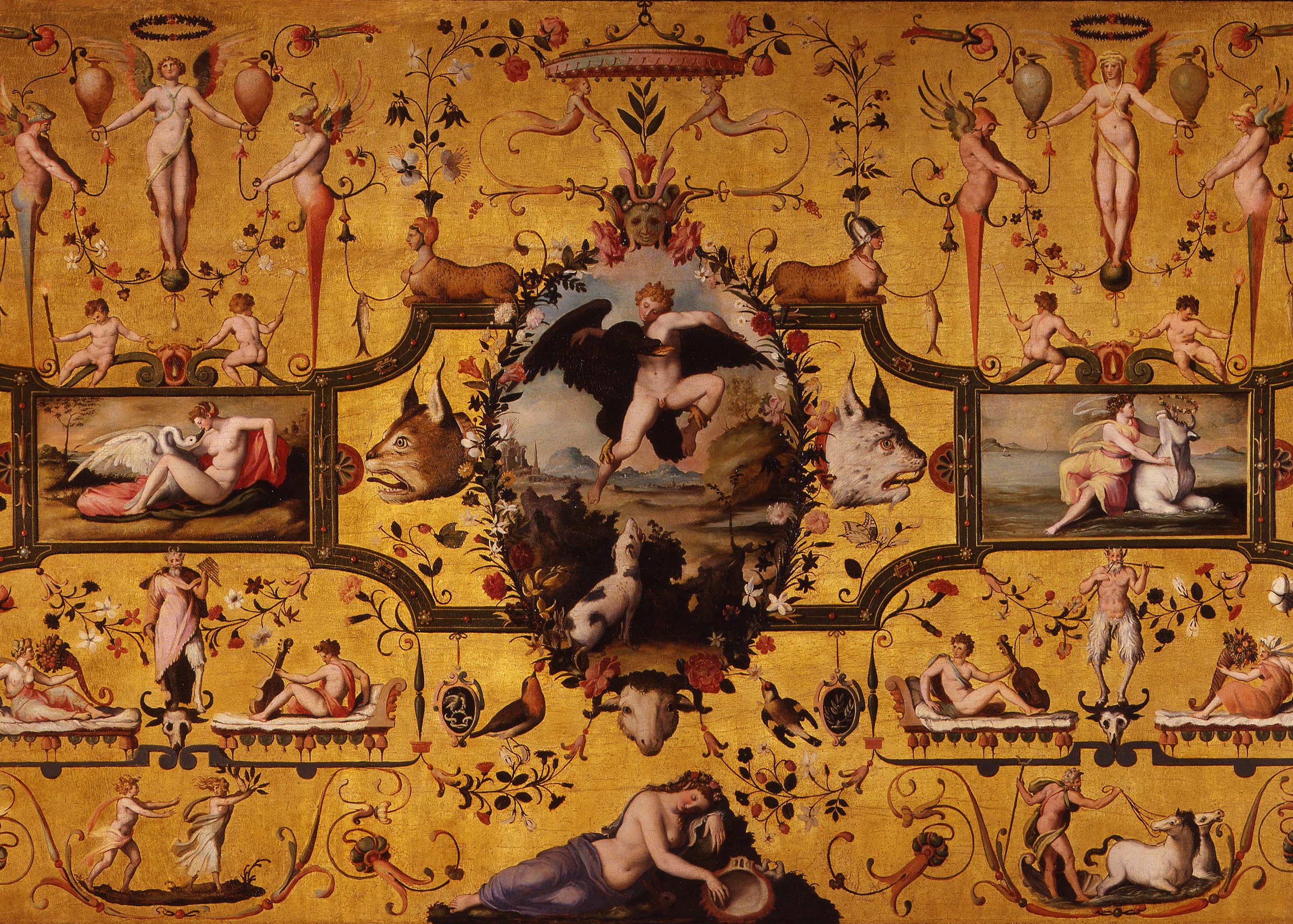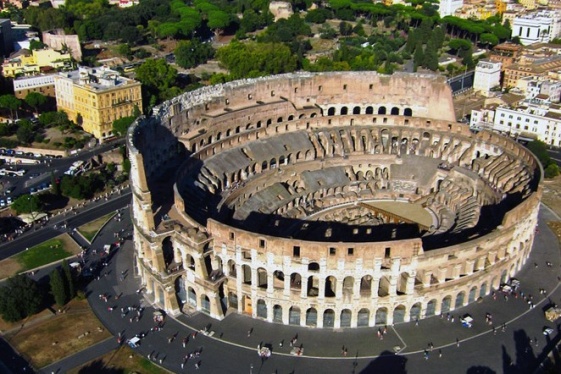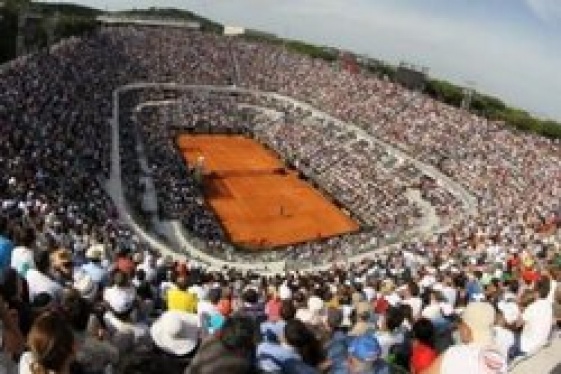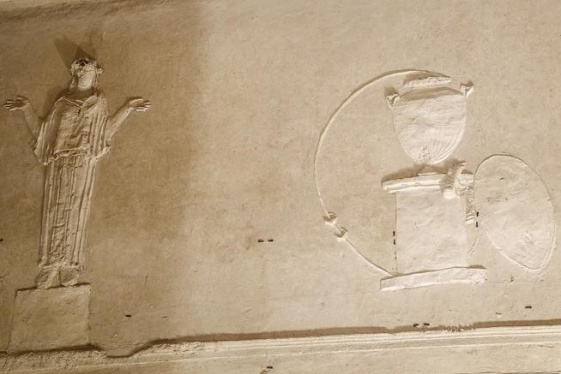

In these days is about to end an unusual exhibition hosted at the Scuderie del Quirinale in Rome. This is not a strictly monographic exhibition that attempts to retrace the work of an artist, but rather one that aims to describe the impact of the work of the Roman poet Ovidio on the figurative arts of the centuries following his works.
Publio Ovidio Nasone is the author of fundamental works for all Western literature such as the "Metamorphoses", the "Fasti" and the "Heroides", writings from which all the greatest poets and writers in history have drawn, from Dante Alighieri to William Shakespeare.
The exhibition features a biographical profile of the protagonist, his literary production and his complex relationship with the Emperor Augustus, who condemned him to a harsh exile in Crimea.
The exhibition continues with his feminine world, the seduction and the reconstruction of the atmosphere in which Ovidio produced his masterpieces in Rome.
Finally, in the third part of the exhibition, the visitor crosses the immense fortune of his stories, selected above all by the Metamorphoses and represented in the exhibition with paintings, sculptures, cameos, goldsmith's items, frescoes and books.
The result is a hasty exhibition, not very deep in the myths it touches, with the absence of artifacts from the entire medieval period, where Ovidio suffered a "moralization" of a Christian style to survive the strong closure of time against classical Greek and Roman literature, bringing excessive freedom of customs and love stories considered completely immoral.
An exhibition, therefore, that if divided into three or four exhibitions would have given the possibility of deepening the themes and bringing them to the present day, to read the myth in its entirety and not only with a handful of works representing a known history but that perhaps has developed different versions with very different outcomes.
But without Ovidio we would not have had Caravaggio's Narcissus, or Bernini's Apollo and Daphne, we would not have had Shakespeare's Romeo and Juliet, which is nothing more than an elaboration of the myth of Pyramus and Tisbe contained in Ovidio's Metamorphoses. This is why the exhibition works anyway, because it traces something that we all know, even in a very contemporary way, such as the happy intuition of exhibiting some of the poet's sentences in luminous neon at the beginning of the journey.
In recent months there has been a controversy, raised by some newspapers, arguing that in Italy are not set up large exhibitions such as the one that is about to end at the National Gallery in London on Andrea Mantegna and Giovanni Bellini, with great works of comparison between the works of the two brothers-in-law and a really impressive set of works. This exhibition on Ovidio shows how extensive the Italian heritage is and gives the opportunity to set up exhibitions on more specific issues without having to resort to large loans from abroad and maintaining a very high standard in the importance of the pieces on display.
Making use of art through the historical and literary sources that inspired it is an exercise in discovering one's own origins, one's own emotions and those narratives that have never happened, but that are repeated every day.
You may be interested
-
Exciting Palatine. Interview with Clementina...
You can tell she fills with excitement when she has the chance to show an important archae...
-
Italian Open's History and Records: A tale o...
For Italians, and Romans in particular, the Open is not just a tennis tournament where cha...
-
'Basilica of Mysteries' reborn in Rome
The so-called 'Basilica of the Mysteries' has been reborn in Rome. The basilica, one of th...
-
'Carbonara Day' celebrates famous pasta dish
On Friday, April 6, the world will celebrate "Carbonara Day", an occasion launched by the...
-
'Gladiators' bring Roman flavor to R.I. polo
As thousands of sharply dressed spectators converged on the turf of Newport International...
-
'Hot priests' grace Rome's calendar
It is officially called the Calendario Romano, or Roman Calendar. But on the streets of Ro...
-
'No one should be left behind': Italian teen...
A 15-year-old boy, known as Simone, has become an overnight internet sensation after stand...









